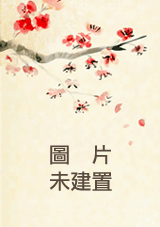| 英文摘要: | Taiwan, which is separated from the south-eastern coast of the Mainland China by 150 kilometers of the Taiwan Strait, is an island with an area of 5,981 square kilometers and a population of about 23 millions. This pulation consists mainly of four ethnic groups: the Minnanren (Southern Min people), the Mainlanders, the Hakka and the Austronesian aborigines. According to Huang’s (1991:21) estimate, the
percentage of population of each group is as follows:
Minnanren 73.7%
Mainlanders 13%
Hakka 12%
Austronesians 1.7% From 1949, when the Nationalist government moved to Taiwan, to 1988, when martial law was lifted, the language policy of the government was Mandarin-only. With all the government resources poured into the implementation of this policy, an excellent result was achieved, an estimated 90% of the population on the island were able to speak Mandarin. This high achievement, however, was not completely riceless. As Mandarin speakers were rapidly increasing, all three indigenous languages were heavily diluting with the Austronesian languages taking the lead, Hakka closely behind and the Southern Min in the third. Keenly aware of this bad consequence and also the universal tendency toward multilingual and multicultural education, the government has since 1990 launched the indigenous language teaching program at elementary and junior high school levels. Now since this program has been implemented for about a decade, it is time for a general survey of the indigenous language teaching situation in Taiwan in the following five areas: school administration, teacher supply, teaching methods and materials, efficiency in teaching, and the students’ and the parents’ attitude toward the program. The instruments used in the present survey include: the school administrators’ questionnaire, the teachers’ questionnaire and the students’ questionnaire. The information gathered will then be reported to the educational authorities for the adjustment of the current policy and practice in indigenous language teaching. |
